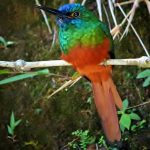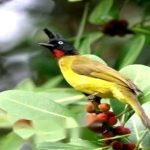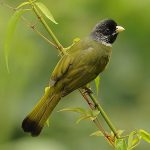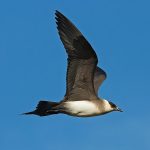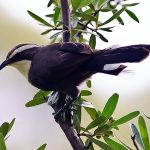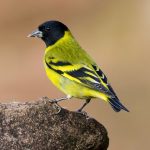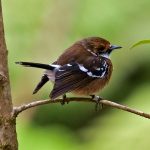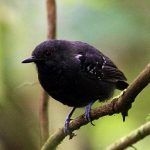Rufous-tailed jacamar
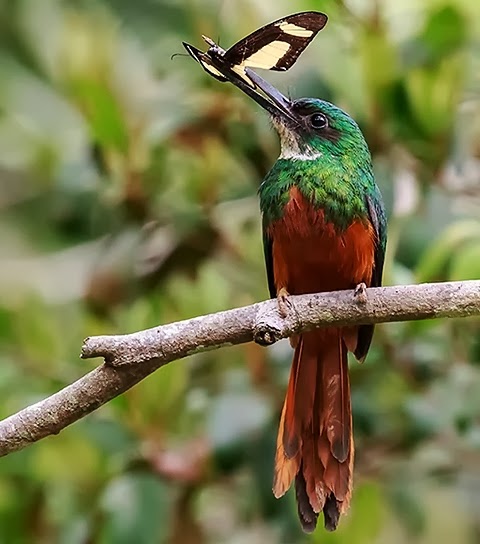
 |
| (Photo from So Much Science) |
Common name:
rufous-tailed jacamar (en); ariramba-de-cauda-ruiva (pt); jacamar à queue rousse (fr); jacamará colirrufo (es); rotschwanz-glanzvogel (de)
Taxonomy:
Order Galbuliformes
Family Galbulidae
Range:
This species is found from southern Mexico down to western Colombia, north-western Ecuador, northern Venezuela and the Guyanas. Also in Brazil south of the Amazon river, from Pará and Maranhão down to São Paulo and Mato Grosso do Sul, and west into Bolivia and northern Paraguay.
Size:
These birds are 22-25 cm long and weigh 20-33,5 g.
Habitat:
The rufous-tailed jacamar is mostly found along the edges of moist tropical forests, also using forest clearings and openings along rivers and streams. They can also be found in tall second growths, cacao plantations, mangroves, dry tropical forests and even arid scrublands. They are present from sea level up to an altitude of 900 m.
Diet:
They hunt flying insects by sallying out from a perch, preferring butterflies, dragonflies, wasps and flies, but also taking grasshoppers and bugs. They are known to take poisonous butterflies that other animals avoid, being able to selectively eat the meaty, non-toxic body parts, namely the thoracic muscles and abdomen, and discard the rest.
Breeding:
Rufous-tailed jacamars can breed all year round, varying between different parts of their range. They are monogamous and nest in a 30-40 cm long burrow, excavated by both sexes
in almost any vertical or steeply inclined surface of bare earth, including steep slopes, banks, gully walls, clay adhering to fallen tree roots, and termitaries. The female lays 2-4 white eggs with cinnamon spots, which are incubated by both parents for 19-23 days. The chicks are fed by both parents and fledge 18-26 days after hatching.
Conservation:
IUCN status – LC (Least Concern)
This species has a very large breeding range and a global population estimated at 0,5-5 million individuals. Despite this species tolerance of degraded and man-made habitats declines have been reported in Panama and Costa Rica owing to hunting pressure, human interference and habitat loss.
